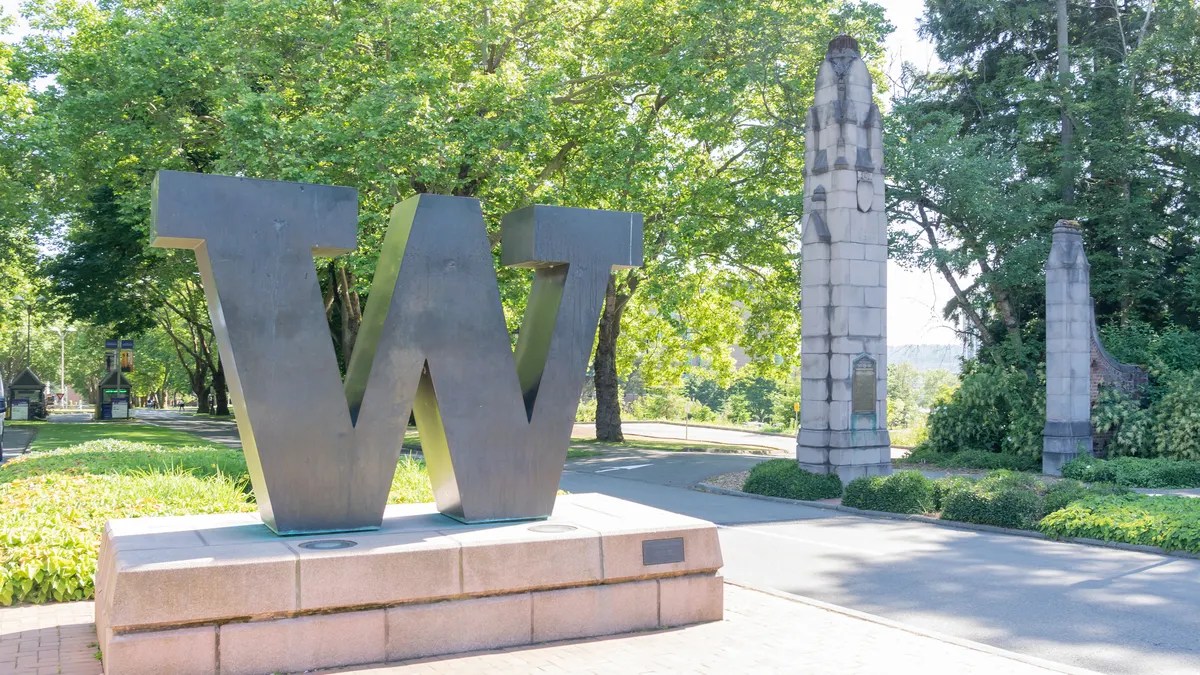HR is under unprecedented amounts of pressure – driving mass layoffs while sustaining culture, finding and supporting employees amid global talent wars, and helping entire organizations to adopt and adapt to developments in AI.
But just as leaders lean more heavily on HR for strategic guidance, they’re also being challenged to rethink how they support the people who keep the workforce functioning.
90% of HR professionals report that they don’t feel “adequately supported at work.”
And as Hebba Youssef, Chief People Officer at Workweek described at HR event, Beyond Borders, New York, “If your HR person isn't engaged, how can any of your employees really be engaged?”
Freeing HR from endless admin
As HR is being asked to take on more time-consuming, strategic work, tools that free up teams from admin are becoming even more essential. “I don’t want to send one more offer letter or answer one more question about a policy. I want to be doing deep strategic work – like exploring how to upskill employees in the age of AI,” Youssef said.
As more teams expand across the world, global HR solutions are especially critical. Managing cross-border payments, learning local employment laws, and keeping pace with changing compliance standards – all of these tasks can eat up hours in an HR leader’s day. As Sagar Khatri, Co-founder & CEO of Multiplier explained in conversation with Hebba, “The goal is that all HR admin will be automated so that HR leaders can actually focus on what’s important — people and culture.”
Adopting AI – the right way
HR is being called to support AI adoption — but, to avoid this becoming yet another task on the function’s overflowing plate, the C-suite must step in with strategy and governance. With a framework to show what successful adoption looks like, HR can work toward a specific goal instead of a moving target..
For Youssef, successful adoption also means creating space for experimentation. “Curiosity and creativity are anti-burnout functions,” she explained. If the C-Suite helps both HR and wider teams to experiment with new tools, AI can become a source of resilience rather than another pressure point.
Repairing trust between HR and the C-Suite
At the heart of HR burnout is an issue of trust. While HR is expected to drive culture, compliance, and now AI adoption, only half of leaders view the function as a strategic partner. That gap leaves HR carrying enormous responsibility without the executive backing needed to succeed.
The C-Suite can support HR by turning to them for input in major decisions around workforce planning, respecting their judgment even when their appetite for risk is lower, and championing the function publicly.“CEOs can set the tone by positioning HR as experts,” said Youssef. “That recognition makes our work better and our engagement better.”
Ending the burnout cycle
HR burnout is an issue that feeds on itself — overstretched teams disengage, which drags down employee engagement, and piles the pressure back onto HR. And with attrition rates higher among HR employees than any other function, it’s time for the C-Suite to act.
“There are two kinds of founders,” said Khatri. “Those who start with the belief that HR is important and those who eventually realize that it is.”










